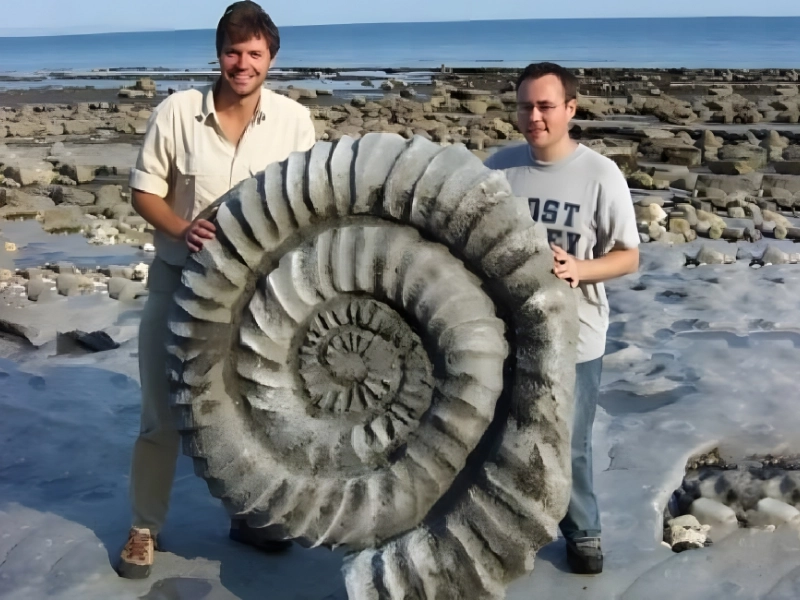10. We Are Happy About the Extinct Ammonites

Ammonites, a fascinating group of cephalopods belonging to the phylum Mollusca, once roamed the oceans of our planet. While many of us may have learned about them in high school biology, the true scale of these creatures often escapes our imagination. These ancient marine animals, which became extinct around 65 million years ago, are known for their distinctive spiral shells and remarkable size. The Magnitude of Ammonites
Fossils of ammonites serve as a striking reminder of the vastness of life that once existed on Earth. Some species were massive, with shell diameters reaching several feet, and their presence in ancient seas illustrates a dramatically different ecosystem. The sheer size of these creatures can be both awe-inspiring and sobering, prompting us to reflect on the world they inhabited. Conclusion
In conclusion, while we may be grateful that ammonites are no longer part of our world, their fossils provide invaluable insights into Earth's history. They remind us of the incredible diversity of life that has existed and the changes our planet has undergone over millions of years. As we study these remnants, we can appreciate the journey of evolution and the ever-changing nature of life on Earth.
Recommended Reading: 24 Amazing Animals Right Before They Give Birth
You are viewing page 10 of this article. Please continue to page 11
























Invitations to iterate are clear.
Encourages principled pruning.
Who’s benchmarking this?
You’ve distilled complexity humanely.